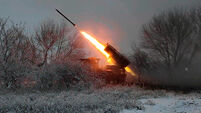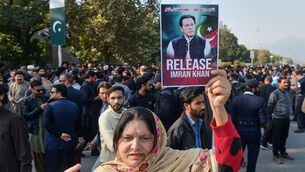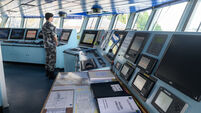Typhoon kills 33 in South Korea
Gale force winds and heavy rain from a powerful typhoon lashed South Korea overnight, killing at least 33 people and forcing thousands of others to seek emergency shelter today, the country’s anti-disaster office said.
Typhoon Maemi struck late Friday with winds of up to 135 miles per hour, flooding farmlands and cities with as much as 17.8 inches of rain, the National Disaster Prevention and Countermeasures Headquarters said in a statement. By today the typhoon had weakened to a tropical storm.














